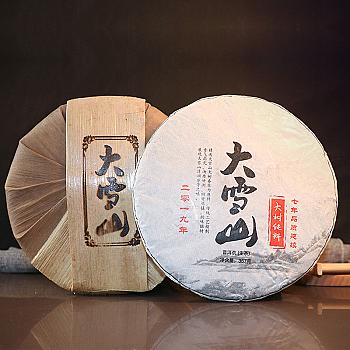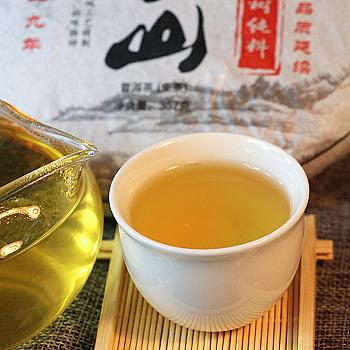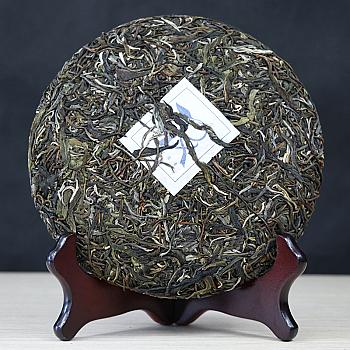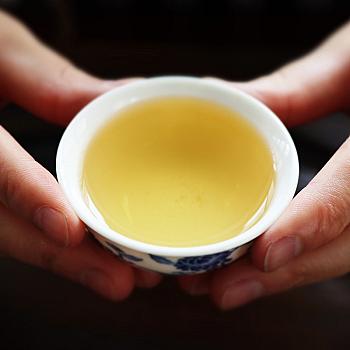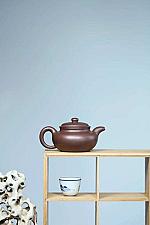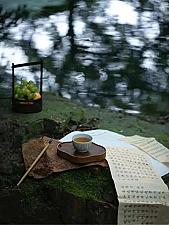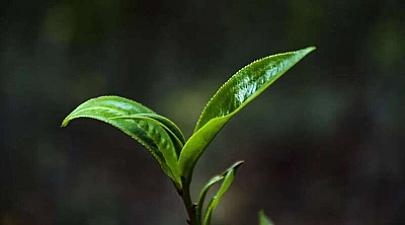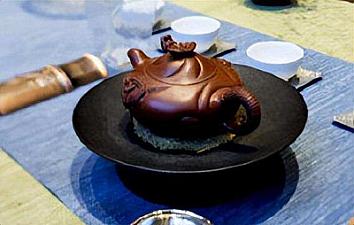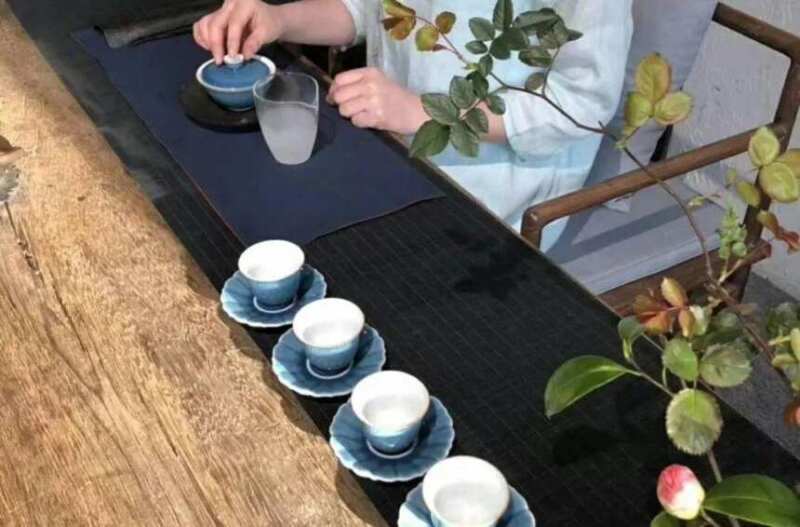
Is there a level of appreciation for drinking tea? What category are you in when it comes to loving tea?
September 15, 2025
Tea is processed from a single leaf to become a beverage, Tang Dynasty brewed tea, Song Dynasty pour tea, Ming Qing boil tea, contemporary drinking tea. The Chinese people's emphasis on the affairs of tea made tea culture and art gradually became unique in China, making it a beautiful aesthetic in the world. The "Internal Canon" says: "In the third month of winter, this is a closed storage season. Water freezes, the earth cracks, do not disturb the sun, ... move away from cold to warm, ...
From the tea leaves being processed into a drink, Tang Dynasty brewing tea, Song Dynasty pouring tea, Ming and Qing dynasties steeping tea, to modern times drinking tea. The Chinese people's emphasis on tea rituals has gradually made China's unique cultural connotations of tea art, astonishing the world with this beautiful art form.
The Huangdi Neijing states: “In the winter of three months, this is a period for closing and storing. Water freezes, earth cracks open, do not disturb the yang... Do away with coldness and seek warmth, do not let skin leak (moisture),… This is how to harmonize with winter's energy and promote conservation.”
Dongzhi (Winter Solstice) tea is characterized by being mild, nourishing the stomach and protecting yang energy. It's best not to choose teas with high intestinal stimulation, and red tea, old white tea, or Pu'er (ripe) tea are preferred.
In winter, the climate is generally in a low-humidity state. In such an environment, it's inevitable that cold and dampness will penetrate into our bodies. Drinking tea can provide warm stomachs and keep you from catching a cold most effectively.

The Boundaries of Tea Enthusiasts
Level 1: Unfamiliar with tea
Not knowing tea means not drinking tea at all.
Tea, which is now considered one of the world's three major drinks, tea is also a national drink and has health benefits. Those who do not drink it (except for those who cannot due to objective conditions) are truly regrettable.
Second tier anti-tea
Although able to drink tea, but do not like drinking tea.
There are more young people who have gotten used to drinking cola-type beverages and dislike the taste of tea, which is not stimulating to them. It also takes time to brew it, so it is naturally unpopular.

Third level Tea Studies
Known as tea soldiers, they learn the true realm of tea.
Some people have said that when facing tea, one is always a student and not because the tea leaves have some profound or difficult aspects to understand, but rather "drinking tea outside of tea", just like the Zen kōan "eating tea".
Fourth Floor Love Tea
Known as tea enthusiast or tea aficionado, who focus on seeking for the pleasure of drinking tea.
Visitors can look at tea soup, smell the aroma of tea, taste the flavor of tea, and learn about the origin, age, and characteristics of the tea.

